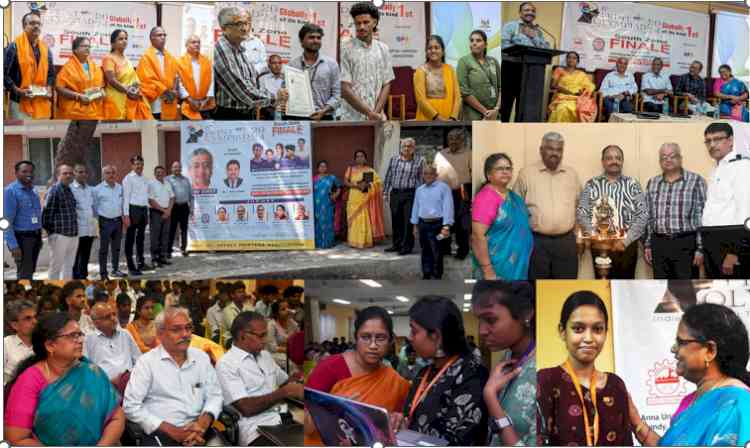Currency Stability As important a Consideration as Inflation for Rate Cut - India Ratings
Author(s): City Air NewsMumbai, August 1, 2014: An interest rate cut could trigger a rupee depreciation, affecting the coverage metrics of net importers, says India Ratings & Research (Ind-Ra). There have been instances of an interest...

Mumbai, August 1, 2014: An interest rate cut could trigger a rupee depreciation, affecting the coverage metrics of net importers, says India Ratings & Research (Ind-Ra). There have been instances of an interest rate cut by the Reserve Bank of India (RBI) in the past being followed by a 1.1%-5.8% rupee depreciation. Around 53% of BSE 500 corporates, which are net importers and account for 70% of balance sheet debt, have been estimated to have historically suffered a 1.3% EBITDA erosion for a 1% rupee depreciation.
According to Ind-Ra, a 25bp interest rate cut followed by a 2% rupee depreciation could stress 14% of the debt in BSE 500 corporates (excluding banking and financial services) compared with 10%, currently. However, a 50bp interest rate cut followed by a 5% rupee depreciation could stress 21% debt of BSE 500 corporates.
In the last four instances of a repo rate cut since March 2010, the rupee depreciated on three occasions one month post the effective date of the rate change. The average and median rupee depreciation in these three instances was 4.1% and 5.2%, respectively. The current study shows that a reduction in policy rates (repo) since FY10 has not been transmitted into lower lending rates immediately as well as in full. However, rupee rates react almost immediately.
Any rate change decision over the next six to nine months could profoundly impact corporates. An increase in interest rate may increase the debt servicing burden of several overleveraged corporates. Conversely, a rate cut need not be considered unequivocally positive, given the possible depreciation in rupee.
While an argument for a rate cut may be created if domestic inflation comes down meaningfully, it need not be the only consideration for a rate cut in FY15. Other possible factors that may support arguments of a rate cut are a continued benign global risk appetite and the position of India’s real interest rate relative to other emerging market players’.
RBI may like to ensure that a rate cut, if implemented in FY15, is promptly transmitted to lenders. However, there is a possibility of a rate cut leading to currency depreciation and the interest rate benefit not being transmitted to borrowers. Net importers may thus be more severely affected than suggested in this study, which assumes immediate transmission of an interest rate cut.
(Source: Manager - Corporate Communications and Investor Relations, India Ratings & Research A Fitch Group Company.)

 cityairnews
cityairnews 
















